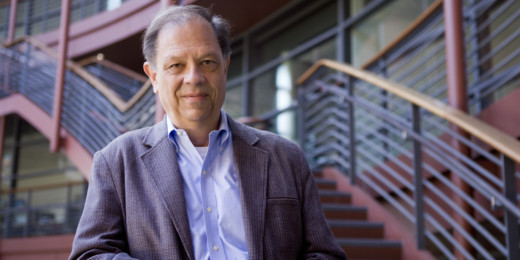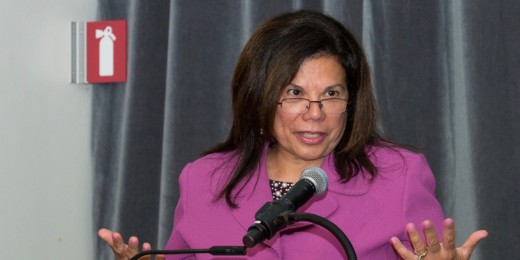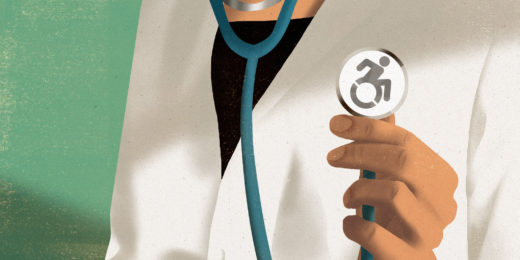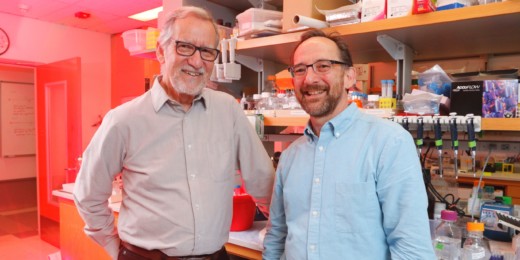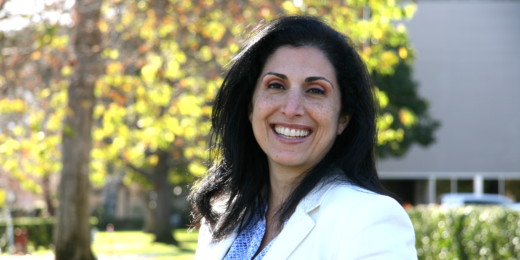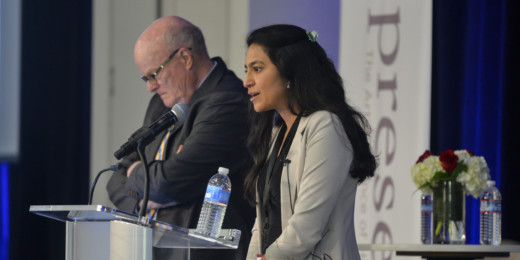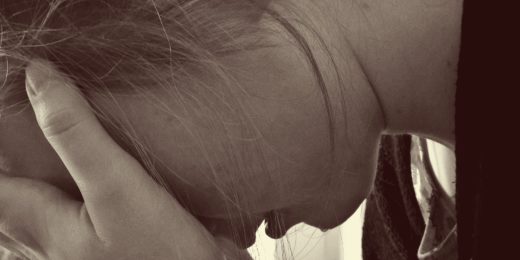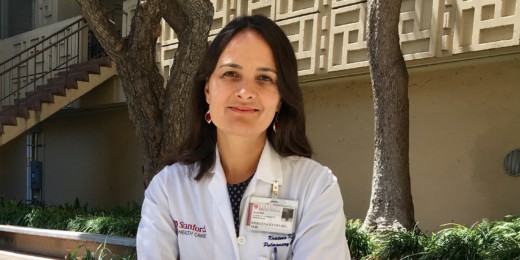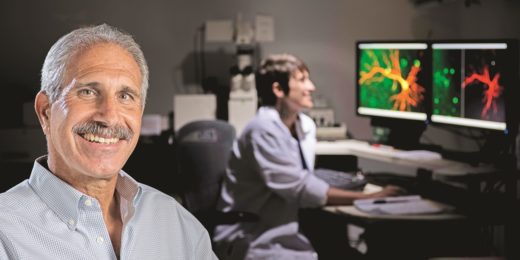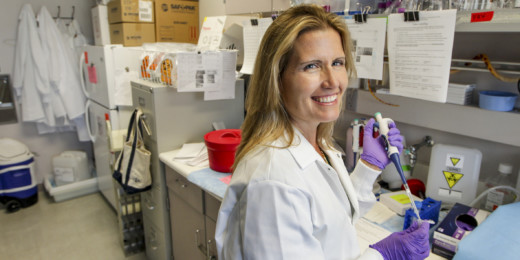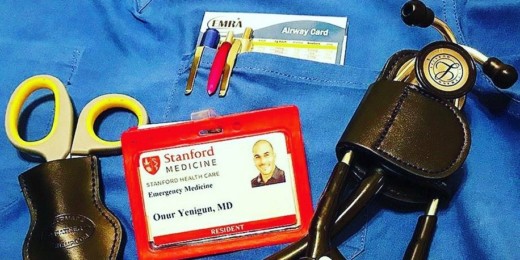William Newsome is a world-class neurobiologist and a Christian. He talked to Stanford News about how his faith helped inspire his interest in the brain and what he sees as the real and imagined tensions between faith and science.
Tag: Physician stories
Pediatric researcher celebrated for her perseverance, accomplishments
The career of Stanford pediatric infectious disease researcher and physician Yvonne Maldonado is featured in this video and blog post.
Doctors with disabilities: A case for inclusion
A greater acceptance of, and more, people with disabilities are needed in the health care workforce, physician Cheri Blauwet writes.
Project Lung: Research gets personal for Stanford scientists
When Stanford's James Spudich was diagnosed with lung cancer, one of his first thoughts was of his colleague, lung development expert Mark Krasnow. Within hours a group of Stanford scientists had launched an astoundingly comprehensive study of healthy and diseased human lung tissue from one of their own.
The perks and perils of writing for popular media
Stanford's Keith Humphreys and other academics relay lessons from experiences writing for mass media outlets, such as The New York Times and The Wall Street Journal.
U.S. doctors saddled with four times the amount of note taking as foreign counterparts
Regulatory reform could reduce the bloated documentation requirements facing American physicians and help to reduce rising levels of burnout.
Stars of Stanford Medicine: Ultra ultrasound supporter
In this Stars of Stanford Medicine feature, Laleh Gharahbaghian shares her love of ultrasound and reflects on her career and her role models.
The art of diagnostics – in action
A Stanford chief resident presents a medical mystery to master diagnostician Lawrence Tierney. Will he solve the puzzle?
On caring for suicidal patients: A psychiatrist reflects
Stanford psychiatry resident Nathaniel Morris describes what it’s like to treat patients in the hospital after an attempted suicide.
Stars of Stanford Medicine: Pulmonary hypertension and education
This Stars of Stanford Medicine Q&A features Kristina Kudelko, who specializes in pulmonary hypertension. She also runs, loves music and spending time with her family.
Being a neuroscientist: A conversation with veteran Stanford brain researcher Rob Malenka
In an interview in the journal Neuron, Stanford's Rob Malenka holds forth on a wide range of subjects stretching from reflections on his own career trajectory to his approach to boosting those of his trainees to the future of neuroscience itself.
Stanford researcher making strides toward understanding autism
Inspired by family members to pursue a science career, Stanford's Karen Parker is working to better understand the biological basis of social functioning as related to autism.
Reflecting on residency, one year in
A resident in emergency medicine looks back upon all that has changed, and all that he has learned, over the last year.
From experiment to prestige: A look at two pioneering women scientists
When they arrived at Stanford in 1978, Professors Carla Shatz and Helen Blau were two of the first women to be hired on the tenure tract for basic science faculty. In a video, they discuss the paths they've taken and reflect on the rewards and challenges of their lives as women scientists.
Stars of Stanford Medicine: “I have the best job in the world”
This Stars of Stanford Medicine Q&A features anesthesiologist and researcher Vivianne Tawfik, who examines the roots of chronic pain.
On writing about female physicians and the Grand Canyon: A Q&A
Writer-doctor Sandra Miller discusses her novel "Only Rock is Real," which features a female primary care doctor who works in the Grand Canyon.


